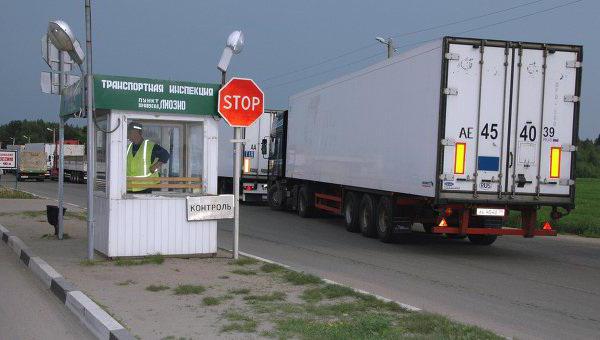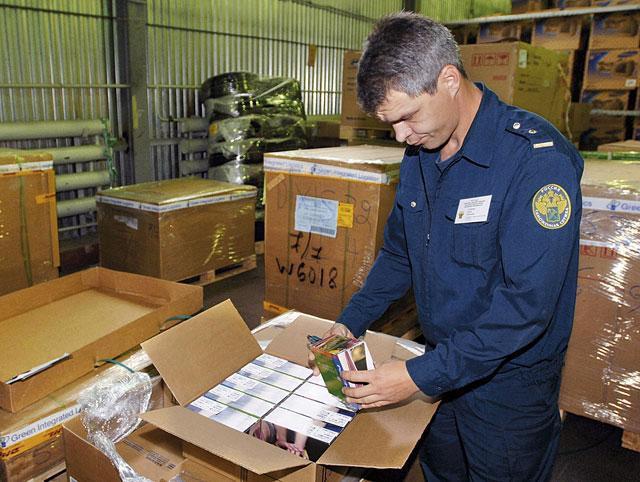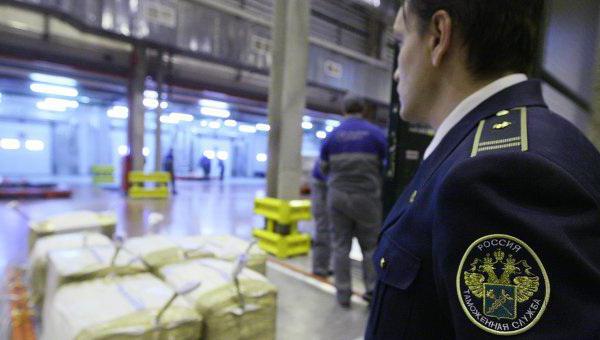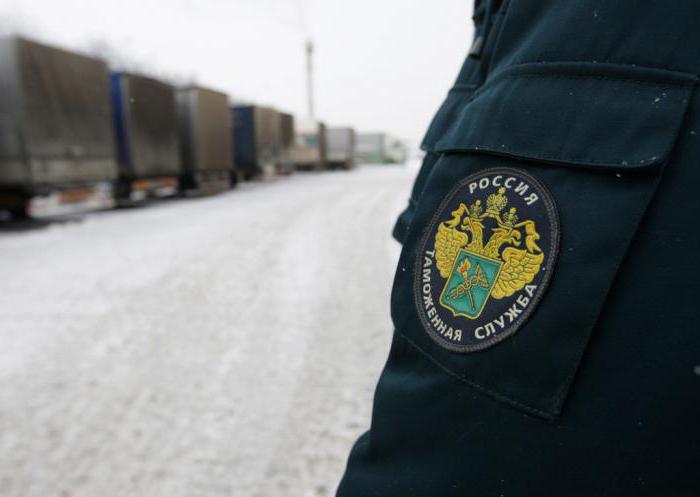In accordance with current legislation, all types of customs payments are classified as federal taxes and are obligatory for payment, but at the same time quite often entrepreneurs and other persons who are faced with similar nuances of crossing the border do not know how to proceed correctly. That is why it is better to know in advance how to properly use the rates depending on the country of origin of the transported products, as well as fully understand the situations in which the imported goods are subject to or, conversely, are not subject to customs duties.
Key Features

There are several features that correspond to all existing types of customs payments:
- they are obligatory for payment in the process of moving various goods;
- the procedure for calculating the established amounts of customs payments, as well as the form of payment is determined by the current legislation of Russia;
- their payment is provided by state forms of coercion;
- excessively collected or paid amounts are subject to immediate return by a decision adopted by the customs authority after receiving an application from the payer.
According to the last paragraph, it should be additionally said that all amounts of penalties and interest, as well as the amounts recovered or paid, are returned in full.
Kinds
All types of customs payments differ in their economic content, as well as their legal nature. Among all existing types, it is worth highlighting payments that use the tax nature of the formation in the form of excise taxes and VAT, as well as all kinds of non-tax revenues of the federal budget, which are a standard customs duty and fees.
All types of customs payments are mandatory penalties that are made. customs authorities for performing certain actions related to the release of goods, accompanying various products, as well as for carrying out certain procedures that are established in accordance with the current legislation of the state or the TC TC.
Payment

Calculation and further payment procedure, collection, all kinds of changes in the payment terms and further return of customs duties should be carried out in accordance with the rules established by the TC TC. According to these rules, all existing types of customs payments and their characteristics are determined.
These fees may not be charged for various operations in those situations when the authorized bodies do not perform any actions related to the design of certain products, including also the seizure, cancellation of cargo customs declaration and others, as well as if these authorities decide to prohibit the release of this product. The general list, which includes all types of customs payments and their characteristics, can be found in the Law on Customs Regulation.
What are they like?

It is worth noting several main types of customs duties:
- for committing actions that relate to the release of marketable products;
- for the implementation of customs escort;
- for storage of various goods.
The amounts can be calculated exclusively in the currency of the Russian Federation, while in those situations in which it is necessary to convert foreign currency, the current foreign exchange rate to the ruble is used, which is currently officially determined by the Bank of Russia and is valid on the day of registration of the declaration by authorized bodies.
The concept and types of customs payments provide for the payment of the specified amount together with the filing of the declaration, while escort fees are paid before the actual procedure begins, and for storage, payment is made before the goods are provided to the owner from the temporary storage warehouse.
When and how should they be paid?

Fees are paid in the following cases:
- for various operations, payment is made in the process of declaring commodity products, including the procedure for submitting to the customs authority an incomplete, temporary, periodic and complete declaration;
- for escorting, if necessary, the escort of vehicles that transport goods in accordance with the customs transit procedure;
- for storage in the case of ensuring the safety of goods in the warehouse of the customs authority.
What are the bets?
The concept and types of customs payments provide for the payment of established amounts to a specialized account of the Federal Treasury in the currency of the Russian Federation. It should be noted that individuals transporting personal goods can pay the established amounts to a special cash desk, which provides for their very nature. Types of customs payments are paid each separately, so it is better to familiarize yourself in advance with what and where you need to provide. It should also be said that the total amount of customs fees for carrying out various procedures is limited by the approximate cost of services, but it cannot be more than 100,000 rubles.
In the event that any goods that are not subject to export customs duties are exported from Russia, fees for various operations, regardless of the procedure under which exported goods are placed, must be paid in accordance with the rate of 1000 rubles, provided that the declaration includes exclusively those commercial products that are included in the list of exempt export duties. The rates of fees for various operations also depend on which transport is used to move such products. For example, if the clearance of goods transported by rail through the territory of the Russian Federation is carried out in accordance with the established regime of international transit, all fees for operations are paid in the amount of 500 rubles for each batch of goods transported on a specific waybill in this vehicle.
When do you need to pay for them?

It should be noted that in some situations, customs duties should not be paid. The type of customs payments provides for the possibility of exempting a person from payments in the following situations:
- Goods that are imported or exported from the territory of the Russian Federation are in the list of products, which is defined by the current legislation as assistance or free assistance;
- Goods are imported or exported from Russia by diplomatic missions, as well as by any consular offices or other official representations of other states. Also, payment should not be made if the importation of products is carried out by international organizations or by the personnel of these representative offices and institutions, and collection is not carried out for various products that are intended for the personal use of certain categories of foreigners who enjoy certain privileges, advantages and immunities in compliance with the concluded international treaties of Russia.
- Cultural property is transported that is placed under the procedure of temporary admission or challenge by the state archives, municipal museums, libraries or any other repositories of cultural property for further display.This category also includes cases when the completion of the specified procedures is carried out by the placement of goods for further re-import and re-export.
- Goods are imported or exported from Russia for any demonstration or exhibition and congress events with the participation of foreign representatives, as well as aerospace showrooms and others by decision of the government.
- If the cash currency of states that are members of the Customs Union is transported or is exported by the central banks of these states, then the customs duty is also not levied on the carriers. The type of payment is determined only if commemorative coins are taken out.
- Goods are imported or exported to a specific recipient from one consignor according to one transport document, and the total customs value of the transported products does not exceed the equivalent of 200 euros in accordance with the current official rate of the Bank of Russia.
- Goods are transported by individuals for any family, household, personal and other needs that are in no way connected with doing business, and at the same time are completely exempt from the need to pay taxes and related duties.
- Goods are shipped as international mail. The main types of customs payments may be compelled by those persons who declare these goods by submitting a separate declaration.
- Goods are imported or exported from the Russian Federation in the form of supplies.
- Goods are placed under specialized customs procedures, including situations where various products are placed under the procedures required to complete other work.
- Waste is collected that is subsequently destroyed by any foreign goods, in full accordance with the established disposal procedure, and for which no payment is made for these amounts.
- Goods are transported that were ultimately destroyed, damaged, or irretrievably lost due to a limbo accident caused by insurmountable circumstances, as a result of which they were placed under a specialized destruction procedure.
- The goods arrived on the territory of the Russian Federation, and are currently at the place of arrival or in some other customs control zone, which is located in close proximity to the place of arrival, and at the same time are not placed under any customs procedures. This also applies to goods that are placed under the customs procedure of re-export and depart from Russia.
- Goods for a certain time are imported into the territory of the Russian Federation using ATA carnets, subject to all relevant conditions and when they are re-exported. Also, the types of rates (customs payments) do not apply to those goods that are temporarily exported from Russia using ATA carnets, again, if all the conditions for carrying out this procedure are met, and if they are later imported back into the Russian Federation.
- Any spare parts and equipment are imported, while the import is carried out together with the vehicle in accordance with the current article 349 of the Customs Union.
- Transportation of international transport vehicles is carried out, including those that were released on the territory of Russia in accordance with the customs procedure of temporary admission or a free customs zone and will subsequently be used for various international transport.
- Professional equipment that is on the list of the Government of the Russian Federation and is used for any production purposes or for the release of media. Such equipment must be placed under the temporary export procedure, and after its completion is re-imported.
- The main types of customs payments do not include goods intended for all kinds of performances, performances, filming or any other events. These products may include circus and theater costumes, various stage equipment, musical instruments, musical scores and other theater, circus or movie props. These goods should also be placed under the temporary admission or export procedure, and when re-exporting or re-importing, full conditional exemption from payment of any taxes and customs duties is provided.
- The goods are intended for any sporting events, as well as sports training or events, and at the same time are placed under the customs procedure of temporary admission or export. Upon completion of these procedures, all these goods must be re-exported and re-imported, if any types of customs payments of the Russian Federation are not used for them.
- The main types of customs payments do not include goods that are imported into the Kaliningrad region in compliance with the procedure free customs zone. This also applies to processed products that are placed under special release procedures for further re-import or domestic consumption.
- The classifier of types of customs payments in no way affects scientific or commercial samples that are imported into Russia in full accordance with the established procedure for temporary admission, and at the same time are completely exempt from paying taxes and all kinds of duties.
- When exporting other goods in those situations that have been determined by the Government of the Russian Federation.
How much is it?

When submitting a temporary declaration, which contains codes of types of customs payments, the amount of fees for various operations is only 5,000 rubles. If the relevant operations are carried out in respect of transported securities that were denominated in foreign currency, then in this case fees for their conduct are levied in the amount of 500 rubles in relation to the consignment of securities, which are executed on a specific declaration.
It is worth noting that the fees for customs escort in this case are a fee that is charged for the escort of various vehicles by authorized bodies in the process of transporting goods by these means in accordance with internal customs transit. In this case, fees are levied depending on how many vehicles a particular product moves in, and how much distance it must cover. If you wish, you can even issue escort aircraft, and its cost will be 20,000 rubles, regardless of how much distance you need to overcome. The Government of the Russian Federation has every right to determine various cases in which a person may be exempted from paying customs duties for such escort.
Storage
Fees for the storage of any product in the warehouse should be paid in accordance with the exchange rate of 1 ruble for every 100 kg of goods per day, and in rooms specially equipped for storing certain types of goods, this amount doubles. It is worth noting that incomplete 100 kg of weight is equal to full in the same way as an incomplete day - to full. Such payments are not levied only when goods are placed on the TSW of the customs authority or in any other situations established by certain decisions of the Government of the Russian Federation.
Rate

The customs tariff is a specialized set of duty rates that are used in relation to goods transported through customs and systematized in full accordance with the HS.The standard functions of this tariff are fiscal and protectionist, regardless of which types of customs payments are considered (import or export - it does not matter either).
The rates of the customs tariff will be unchanged regardless of the persons who transport goods across the border, types of transactions or any other factors, and the only exception to this rule can be called cases that are provided for by the current legislation of the Russian Federation. It is worth noting that the countries that are members of the Customs Union have foreseen the possibility of adaptation in the event of a transition to ETT, by adopting a list of rates and goods in relation to which during the transition period of one of these countries import duties are applied, which differ from standard ETT rates.
Import duty rates, defined as a percentage of the total price or in euros, are used in relation to those goods that are imported into the territory of the Customs Union and come from countries in relation to which Russia uses the most favored nation regime.
